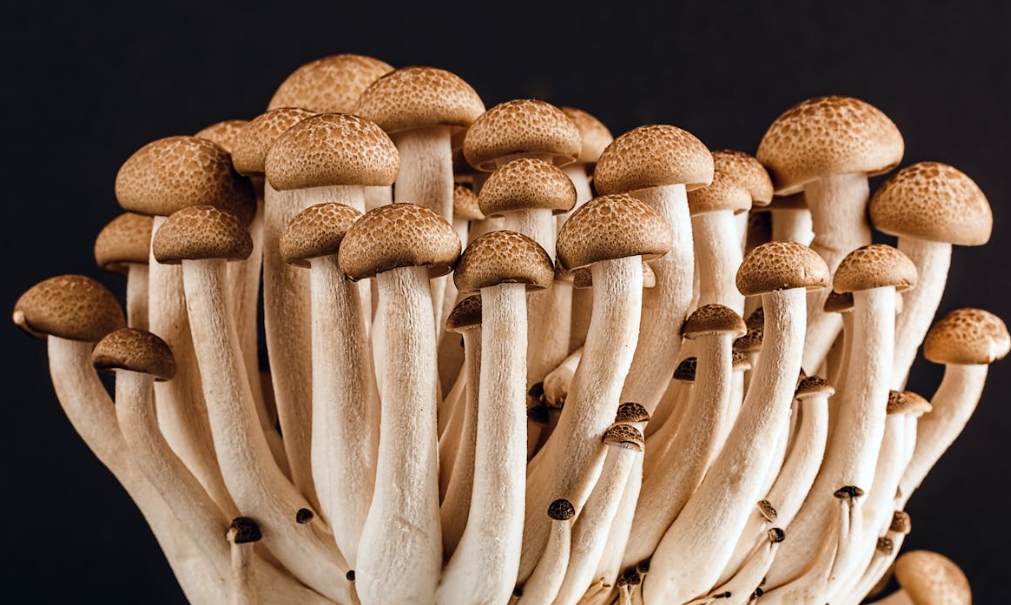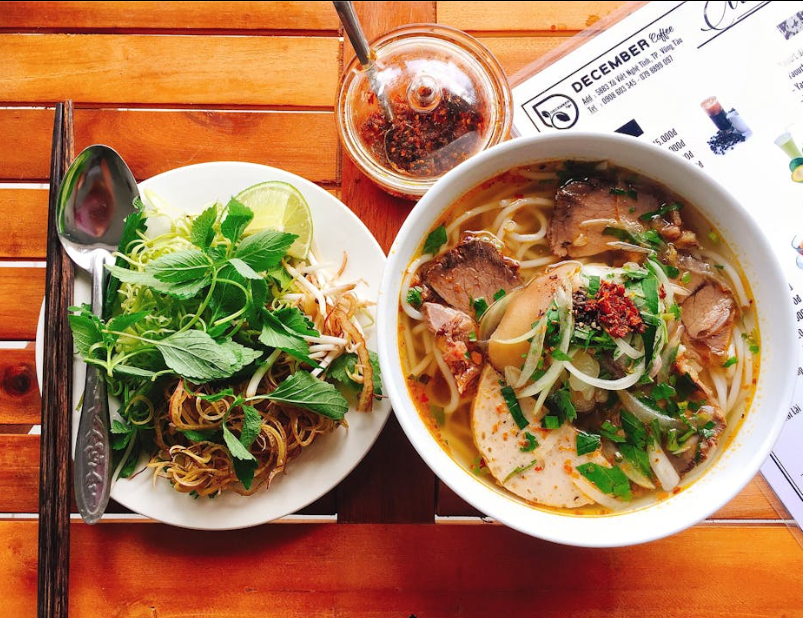Have you ever taken a bite of something savory and thought, “Wow, this tastes amazing,” but couldn’t quite put your finger on why? That mysterious, mouthwatering sensation is likely umami — the elusive fifth flavor. While sweet, sour, salty, and bitter have long been recognized as the core tastes, umami has quietly been transforming how we experience food. But what exactly is umami, and why does it hold such a powerful place in our palate?
What is Umami?

Umami is often described as a savory, meaty taste that leaves a lingering, satisfying sensation on the tongue. The word itself comes from the Japanese language, translating roughly to “pleasant savory taste.” It’s the flavor that makes certain foods irresistibly delicious.
History of Umami Discovery
Umami was first identified by Japanese scientist Kikunae Ikeda in 1908. While studying seaweed broth, he pinpointed glutamic acid as the key compound behind the savory taste. However, it wasn’t until the early 2000s that umami was officially recognized as the fifth basic taste.
Scientific Explanation of Umami

Our taste buds have special receptors designed to detect umami flavors. These receptors respond to glutamates — amino acids found naturally in many foods — and nucleotides, which are often present in meats and fermented products. When combined, these compounds amplify umami’s intensity.
Umami vs. Other Tastes
Unlike sweet or salty flavors that hit the tongue instantly, umami builds gradually and leaves a long-lasting, savory aftertaste. It enhances the overall depth and complexity of dishes, making them more satisfying without overpowering other flavors.
Umami-Rich Foods
You can find umami in a wide range of foods, including:
Tomatoes
Parmesan cheese
Soy sauce
Mushrooms

Anchovies
Green tea
Culinary Uses of Umami
Chefs around the world harness umami to create unforgettable dishes. Italian pasta with parmesan and tomato sauce, Japanese miso soup, and Korean kimchi are all perfect examples of umami-rich creations.
Health Benefits of Umami
Umami doesn’t just make food taste better — it can also promote better digestion and help regulate appetite. Studies suggest that umami flavors may encourage slower eating and greater satisfaction from smaller portions.

Umami in Different Cultures
Asian Cuisine: Soy sauce, miso, and kombu broth
Western Cuisine: Aged cheeses, tomatoes, and cured meats
Fusion Cuisine: Umami-packed ramen burgers or kimchi pizza
Umami and Food Industry
MSG has long been used to enhance umami flavors in processed foods. Despite its bad reputation, scientific studies have largely debunked myths about MSG being harmful.
How to Enhance Umami at Home
Want to boost umami in your own cooking? Try:
Slow-roasting tomatoes
Adding a splash of soy sauce
Using mushroom powder as a seasoning
Vegan and Vegetarian Sources of Umami
Plant-based eaters can still enjoy umami by incorporating:
Nutritional yeast
Sun-dried tomatoes
Fermented foods like kimchi and miso
Umami in Modern Gastronomy
High-end restaurants and molecular gastronomy labs are pushing umami to new frontiers, creating dishes that tantalize taste buds in unexpected ways.

The Future of Umami
As our understanding of flavor science evolves, umami will continue to play a key role in shaping culinary innovations. Expect to see more umami-forward products and plant-based alternatives hitting the shelves.
Umami is more than just a flavor — it’s an experience. Whether you’re biting into a juicy burger or savoring a bowl of ramen, umami adds that extra layer of deliciousness that keeps us coming back for more. By understanding how umami works and how to harness it in cooking, you can unlock a whole new dimension of flavor in your meals.



